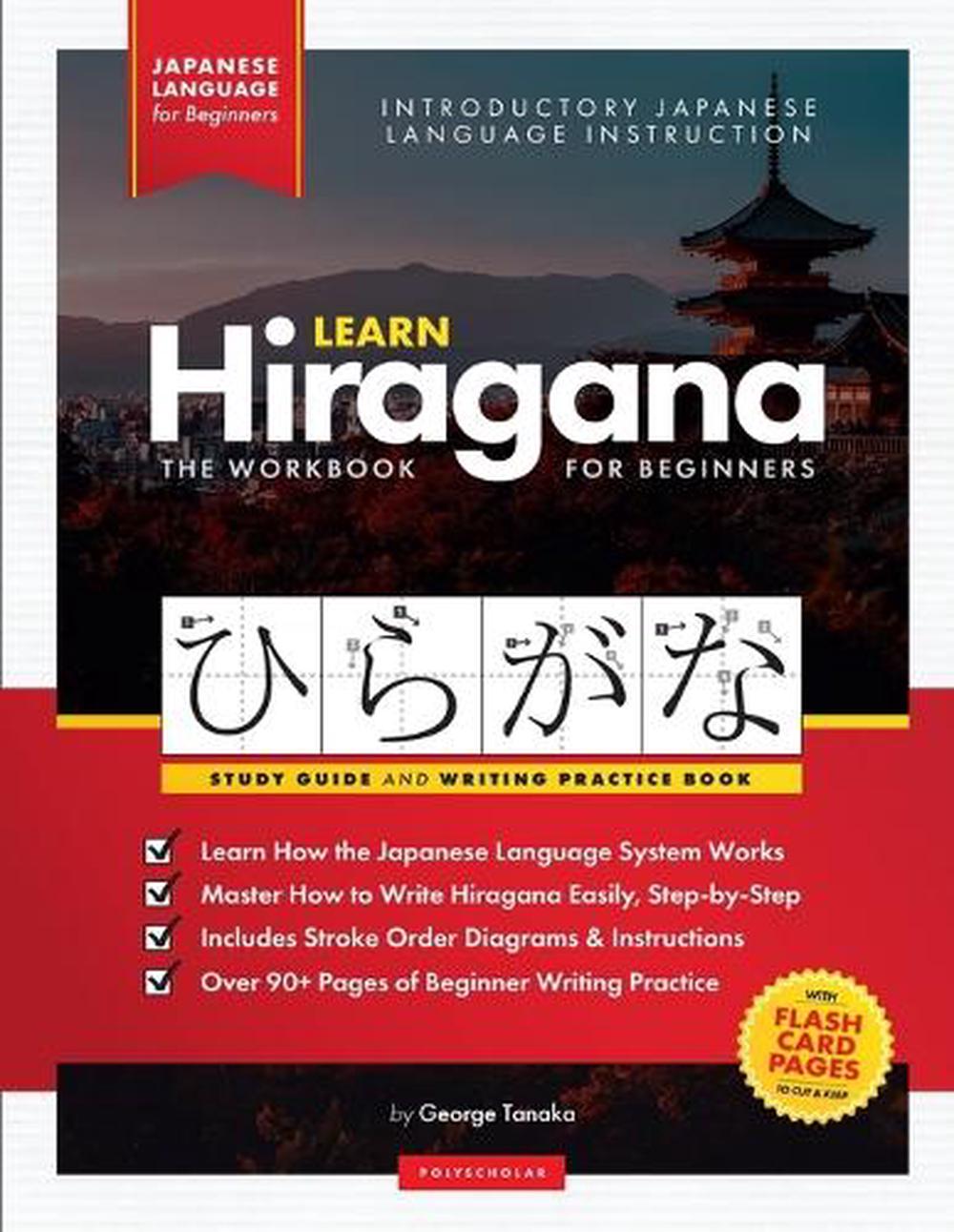

The Romanized Version uses romanized Japanese throughout, with kana in the Opening Dialogues of each lesson. If you are interested or have any questions, contact us at. If Shokyu 1 and 2 are for beginners, Chukyu 1 and 2 are made for intermediate students. Japanese for Busy People I is available in two formats: romanized and kana. The seminar-style lectures have students work individually with the lesson material while listening to the lecture on the screen. We also provide an online JLPT prep lecture course that covers all essential grammar and vocabularies for JLPT N1, N2 and N3. Get in touch with us and let us know how we can help you achieve your Japanese language target.
#JAPANESE FOR BEGINNERS WORKBOOKS FREE#
What’s your Japanese learning goal and how far away are you from it? If you’re unsure where you are, we provide a free Japanese level check. Not sure about your Japanese level? Take our free Japanese level assessment

The listening section has 21 questions and is done with the included CD and illustrations, meant to be completed in 35 minutes. The grammar and reading section has 35 questions and is meant to be completed in 50 minutes. The test is split into three sections, where the vocabulary and kanji section has 34 questions and is meant to be completed in 30 minutes. This book is recommended for those who have already learned the necessary kanji, vocabulary and grammar needed and want to revise. Another great way to learn is using language learning apps like Duolingo, which breaks up the three different scripts while teaching basic phrases.The JLPT N4 Official Practice Workbook allows you to practice under real exam conditions. The more you read over time, the easier it will become for you to understand what's being said without the help of those translations. An excellent way to learn these is by watching an anime or reading manga in Japanese alongside translations in your native language. Start with pronunciation - pitch accents, long & short vowel sounds, double consonants, and dropping sounds. Hiragana and katakana are two phonetically based syllabaries used to write native Japanese words (hiragana) or foreign words (katakana). Kanji is the most complex of these three scripts because it consists of thousands of characters borrowed from Chinese. The Japanese writing system has three scripts, hiragana, katakana, and kanji. But before you start learning, you should know a few things. Learning Japanese abroad is rewarding to experience the language and culture like a local. So if you're ready to take on this exciting challenge, here are some tips and tricks on getting started learning Japanese!

If you’ve been on the fence about whether to dive into this slightly challenging, but beautiful language, we hope that this guide will give you the push you need.

Studying abroad in Japan is also an option that many consider, but regardless of which method you select, there are some effective ways you can speed up your learning process.
#JAPANESE FOR BEGINNERS WORKBOOKS SERIES#
Emiko is currently developing a series of Japanese writing workbooks and self-study textbooks. Japanese Tutor: Grammar and Vocabulary Workbook (Learn Japanese). She has authored several Japanese textbooks and flash card sets. There are also many ways to learn Japanese, whether you choose to do so in a classroom setting with a trained instructor or on your own through self-study. japanese language workbook, This Japanese language workbook was created as a. Learning basic phrases and greetings can help you interact with people and read signs and menus. Plus, you don’t need to be fluent in Japanese to enjoy a lot of the culture. The benefits of learning Japanese are endless – whether you want to travel to Japan and enjoy the culture or simply be able to watch some anime without subtitles, learning Japanese can open up a whole new world for you!Īlthough Japanese is one of the most challenging languages for English speakers to learn, it's also one of the most fun! There are plenty of resources available, both online and in-person! If you’re interested in learning Japanese abroad, you’re in luck!


 0 kommentar(er)
0 kommentar(er)
